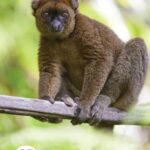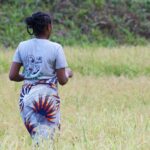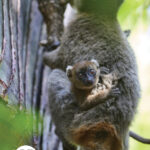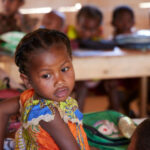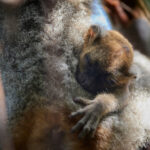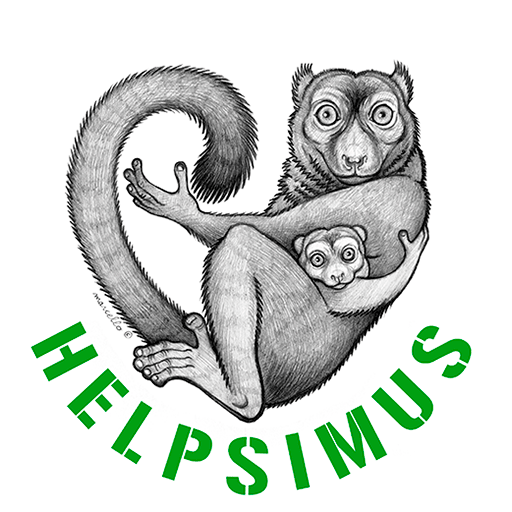For the past 10 years Helpsimus has been constantly fighting to protect one of the largest wild populations of Greater Bamboo Lemurs (Prolemur simus) in Madagascar, a species classified as Critically Endangered on the IUCN Red List and whose numbers are now estimated at around 1,500 specimens.
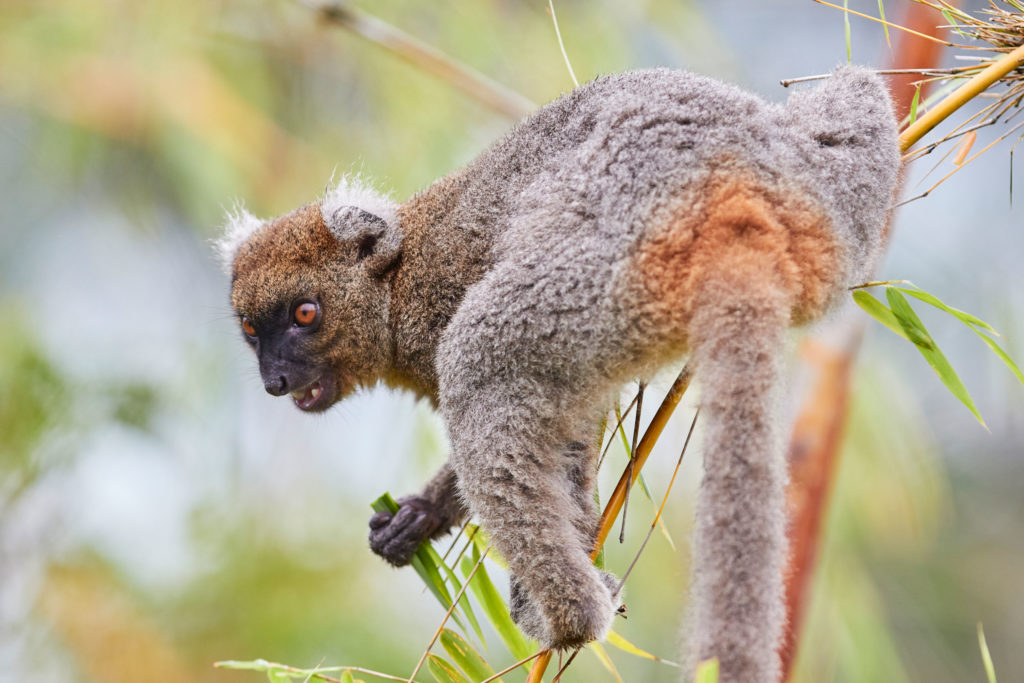
We work nearby the Ranomafana National Park but in an unprotected and highly disturbed environment since it is located on the agricultural lands of several villages where we are currently monitoring and protecting nearly 500 Greater Bamboo Lemurs (i.e. around 1/3 of the global wild population). Their habitat, made up of bamboo forests they feed on almost exclusively, is extremely fragmented by the slash-and-burn agriculture locally called « tavy ».
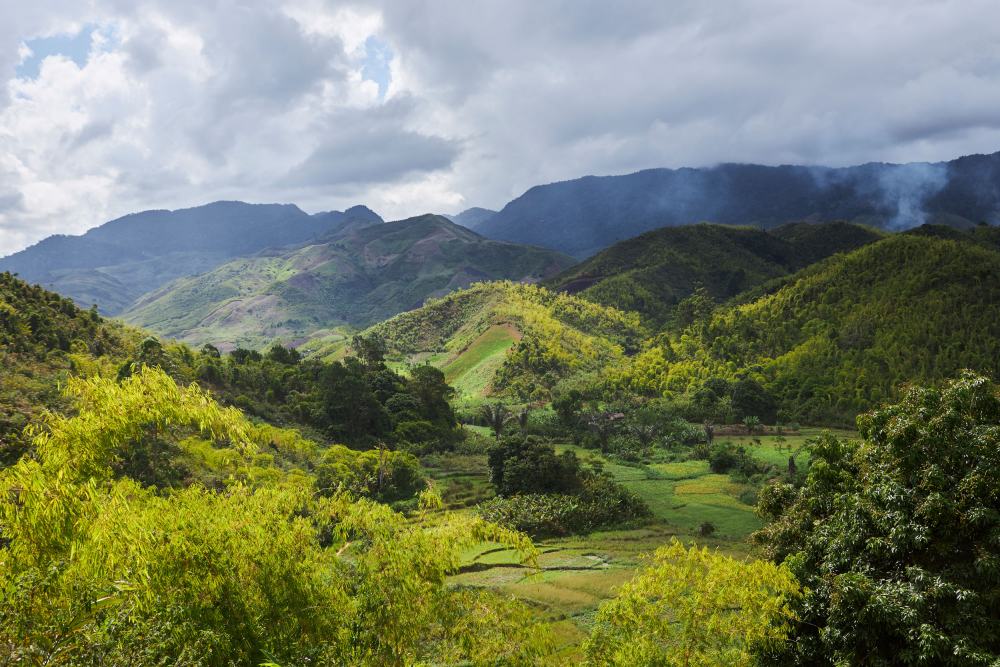
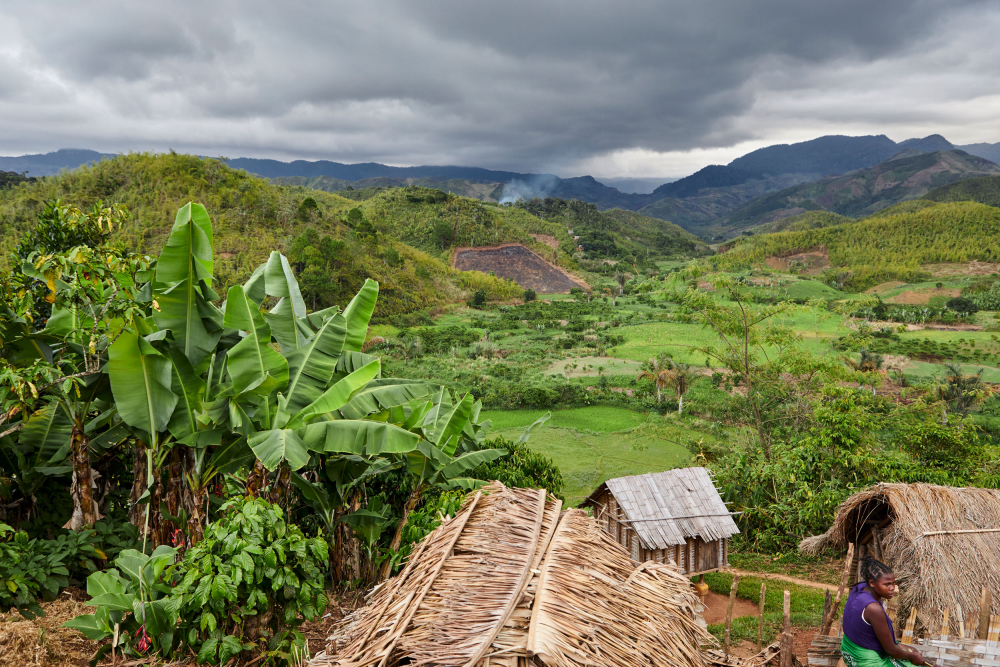
Our primary objective is to find a balance between the needs of people and those of lemurs so that both can coexist harmoniously, while ensuring a sustainable management of the natural resources and a sustainable development of human communities. To achieve this goal, we have implemented a two-track strategy: on the one hand, we seek to protect the lemurs’ habitat, and on the other hand, we help local communities to develop alternative sources of income allowing them to reduce clearings and the pressure they exert on their environment.
In the area where we operate, habitat protection involves the creation of village associations called VOI. Their goal? Identify priority sites for conservation and those where human activities can be developed in order to define an overall management plan for the area. We have already set up 3 VOIs: Miaradia, Samivar and Manirisoa, the latter in the process of being officially formalized. Their management plans have allowed us to raise more than 700 hectares of forest into conservation and restoration zones. These areas are made up of more or less degraded forest fragments but also contain patches of primary forest where can be found an exceptional biological diversity!
Our reforestation program launched in 2018 aims to restore the most degraded parts of the forest fragments and to create corridors between them in order to ensure the continuity of the lemurs’ habitat. We have already created 2 tree nurseries and a third will be established very soon. In 2019, more than 6,000 seedlings of twenty different species were planted!
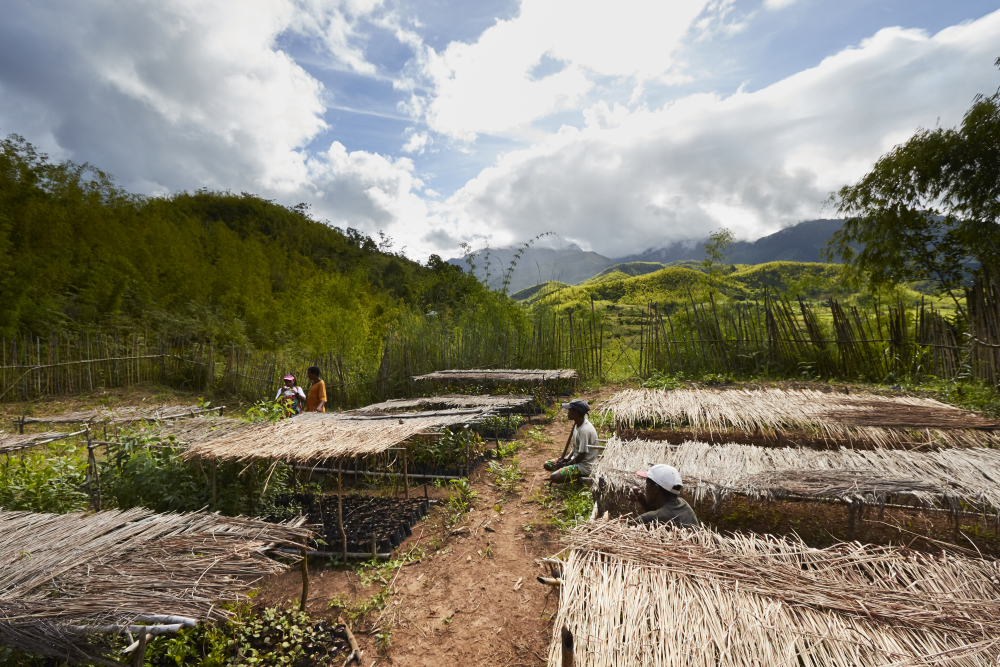
Simultaneously, we seek to increase the living standards of the villagers so that they can stop clearing the land located on the territory of the lemur groups. Thus, we provided training to over 100 families in Improved Rice-growing System (SRA) that can double paddy fields’ yield. We also seek to improve the irrigation system upon which the results of the SRA depend directly. In 2019, several irrigation canals were built or renovated, which enabled the SRA beneficiaries from the VOI Miaradia to practice this technique in 2020 despite the severe flooding that hit the region.
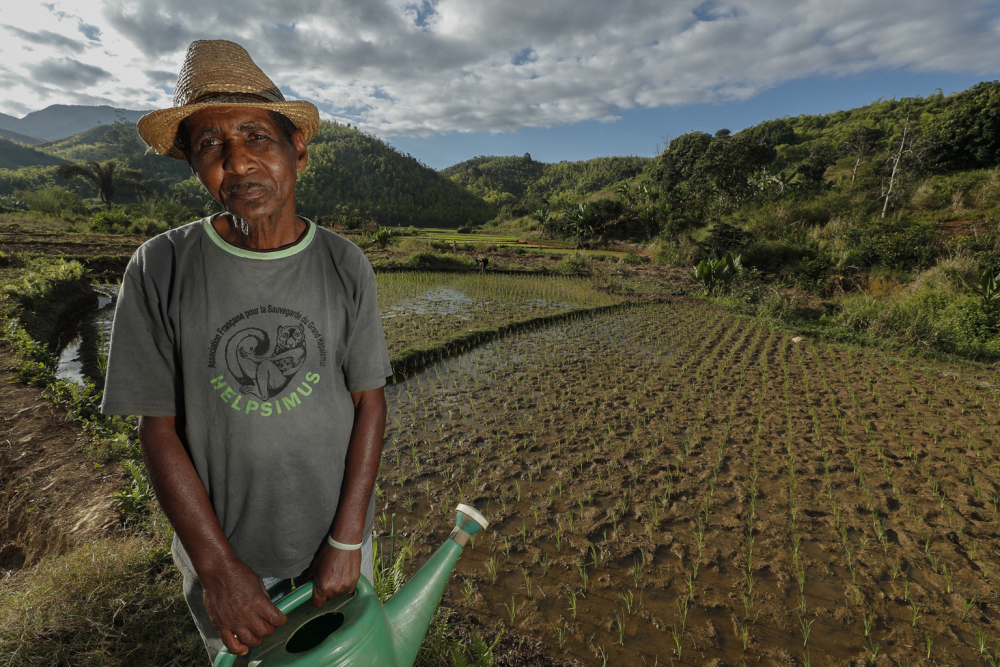
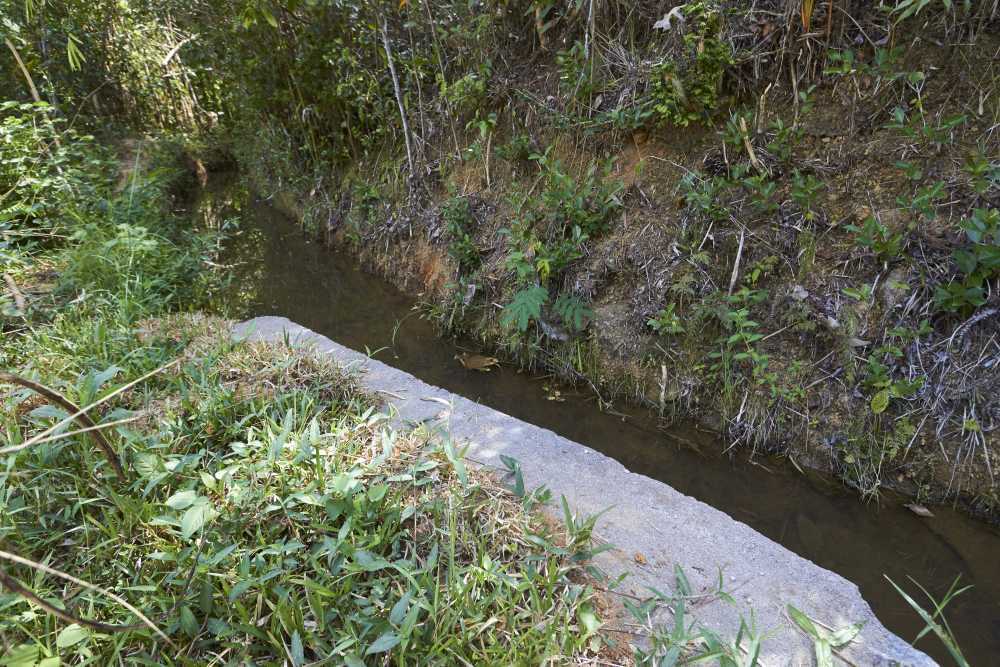
We’ve been focusing on the development of vegetable crops with more than fifteen varieties cultivated by 250 families who are participating in that program and we have started a fish farming program which currently benefits to around fifteen participating families.

We are creating new Income Generating Activities as well: training on crafts production primarily intended for women (jewellery, sculptures, embroidery, etc.) and development of an ecotourism project. The latter will allow visitors to meet Greater Bamboo Lemurs in two forest fragments of the VOI Samivar and Manirisoa. Our fauna and flora inventory (still in progress) has already revealed the presence of various species of plants and animals, including 5 other species of lemurs, birds, small mammals, reptiles…

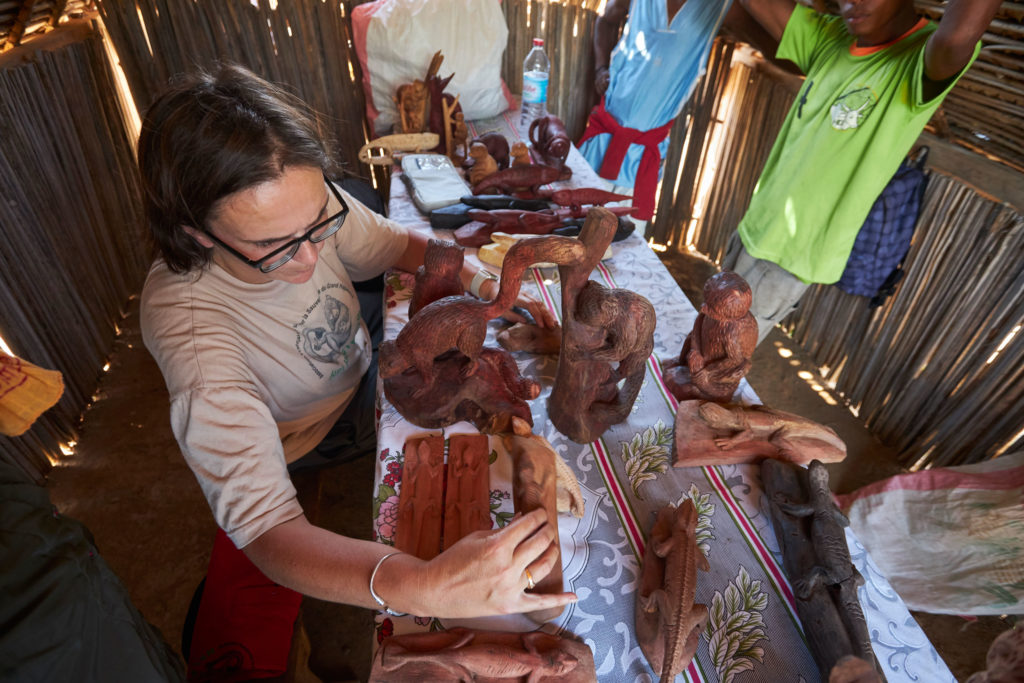
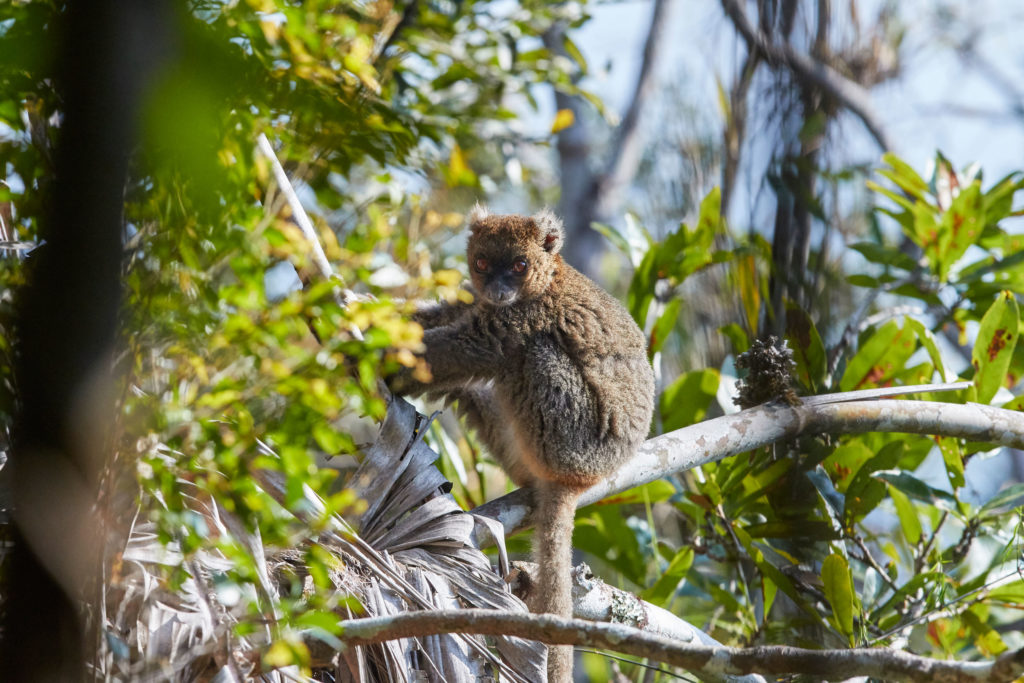
Our results so far are more than encouraging: we have noted an increased involvement of local communities in the activities that we are implementing, a sign of a growing confidence, and the support we provide seems to meet their expectations. A beacon of hope for the future of this unique population of Greater Bamboo Lemurs in which we recorded 80 births in 2019!
This project is co-funded by IUCN Save Our Species. The contents of this article are the sole responsibility of Helpsimus and do not necessarily reflect the views of IUCN.

